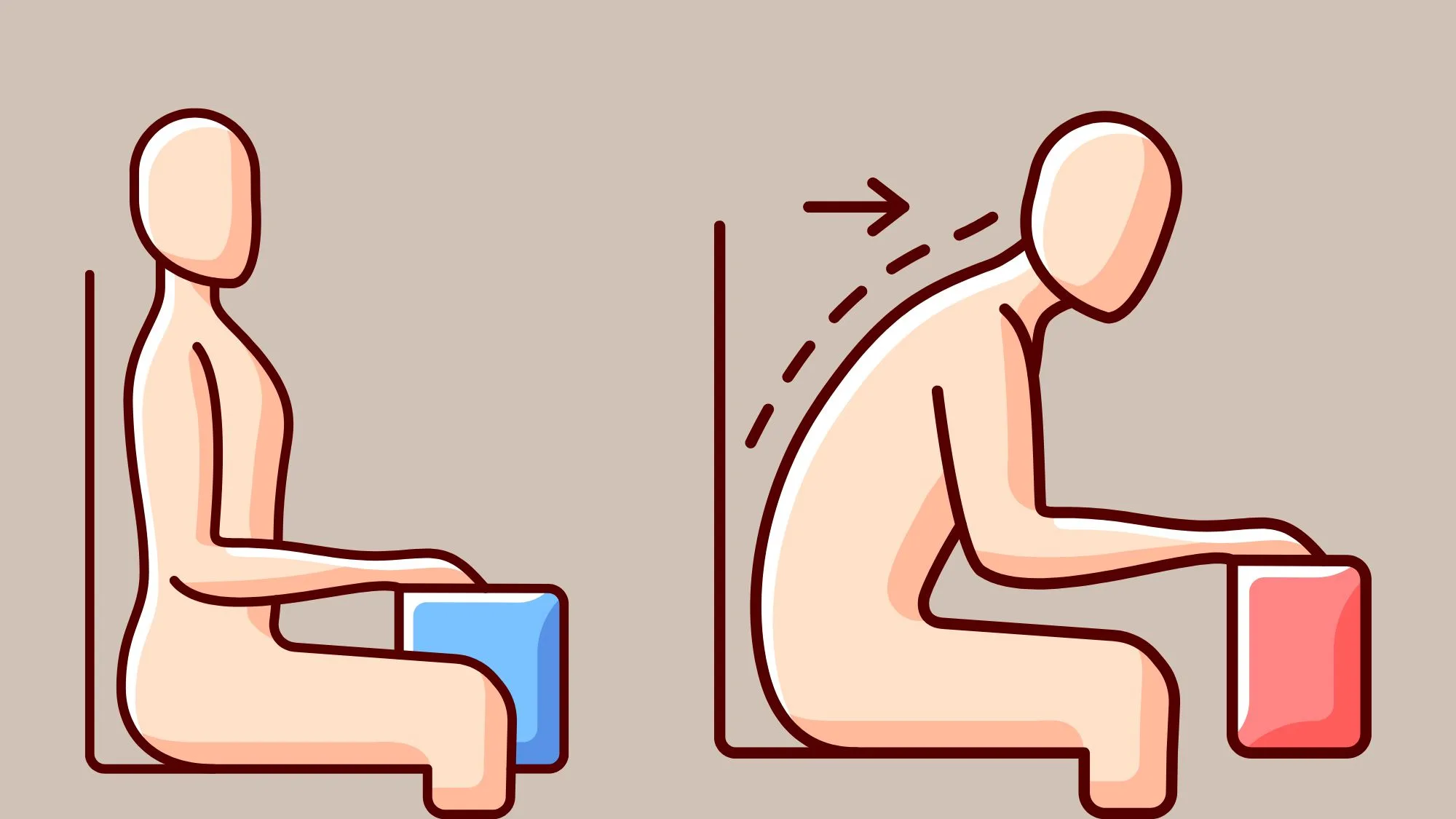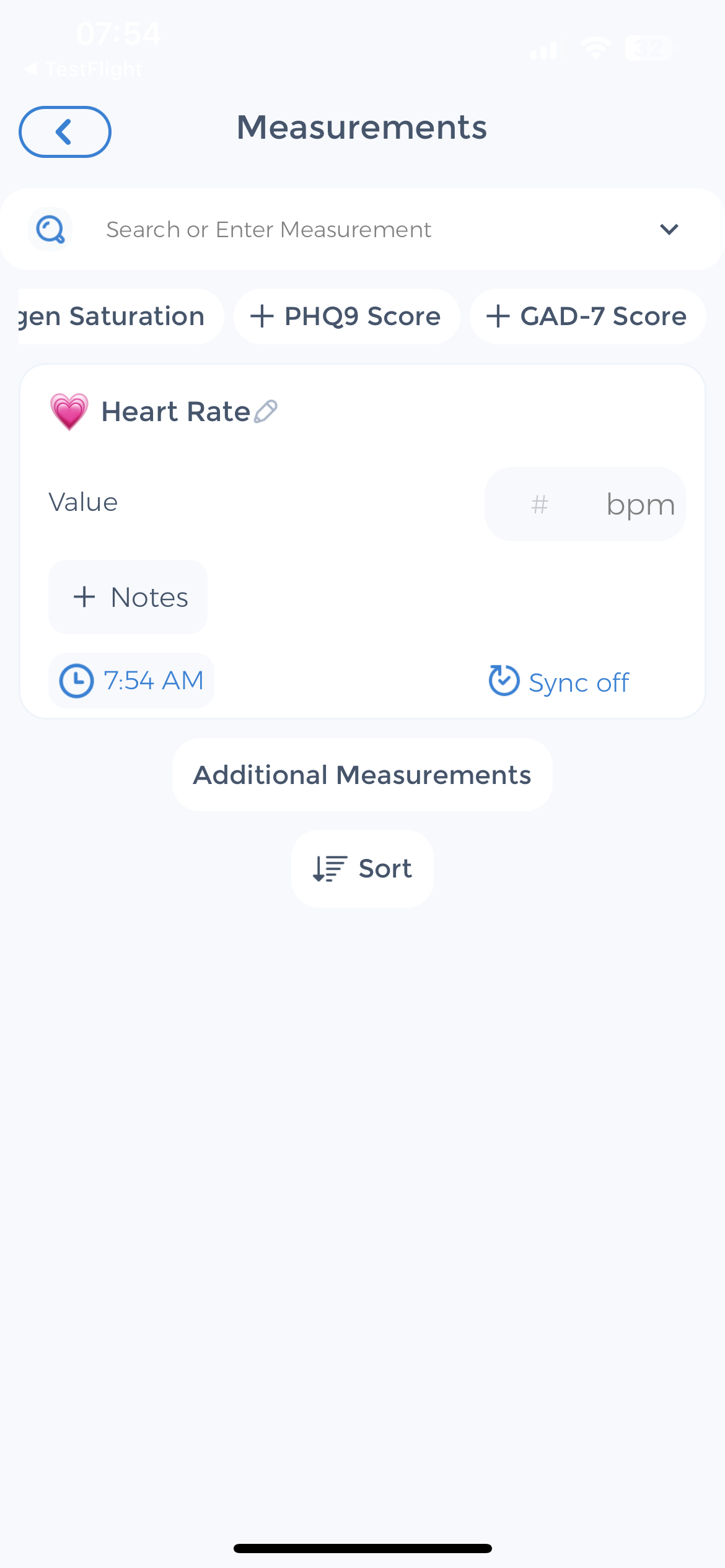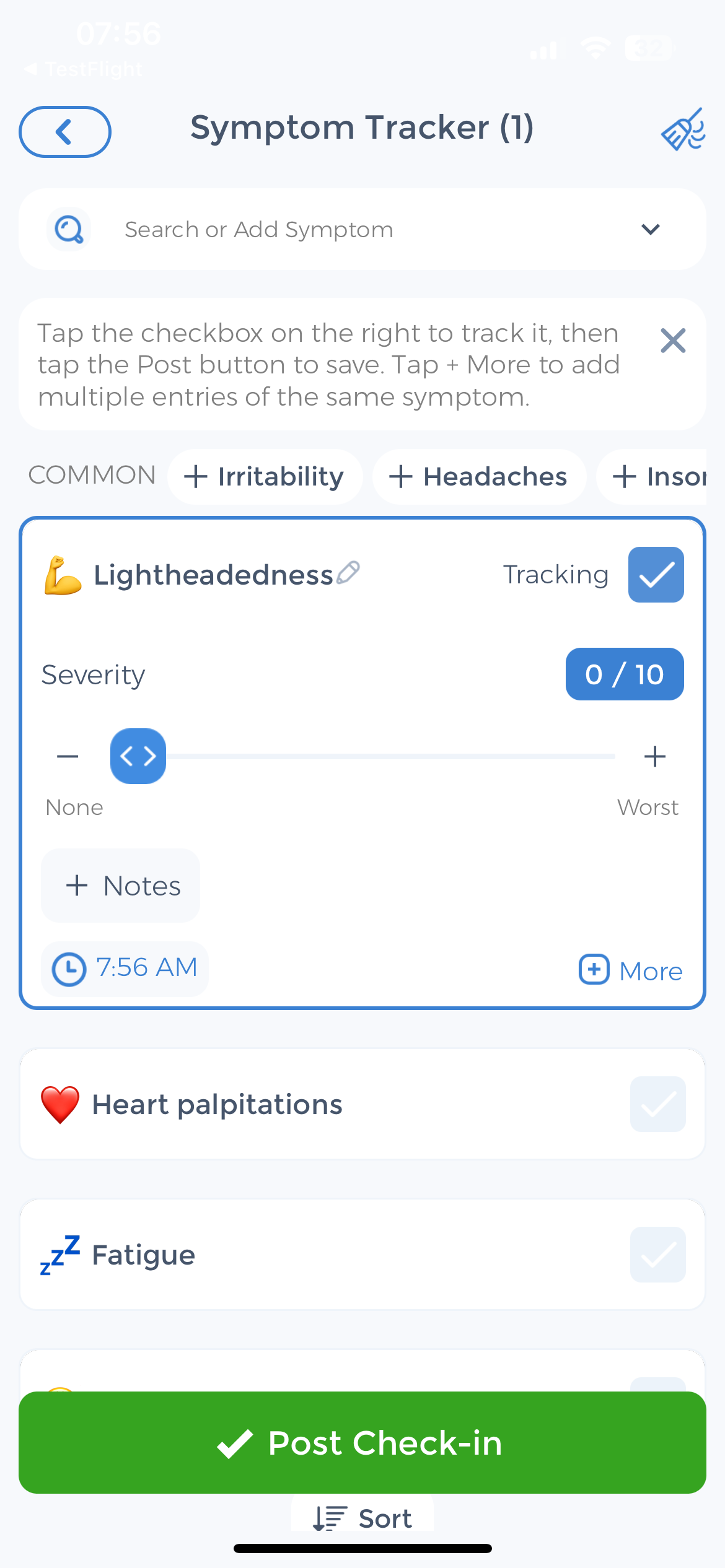
In this article, we will explore the ins and outs of this important diagnostic tool used to assess and diagnose various conditions. Additionally, we will discuss the practical considerations and potential limitations of this test. As well as its role in informing diagnosis decisions and improving patient outcomes.[1][2]
Understanding the Poor Man Tilt Table Test
The Poor Man Tilt Table Test is a non-invasive procedure that evaluates and tests how your body responds to changes in position. During the test, you will be lying flat on a table that gradually tilts to simulate standing up. This allows the healthcare provider to assess how your body reacts to the change in position. As well as determine if there are any irregularities.
Poor Man Tilt Table Test: Overview
 The Tilt Table Test is particularly useful for identifying conditions such as orthostatic intolerance, neurally mediated syncope, certain autonomic disorders, and even POTS symptoms. By monitoring your body’s response to the change in position, healthcare professionals can gain valuable insights into your cardiovascular system and autonomic nervous system. Helping to guide appropriate treatment strategies.
The Tilt Table Test is particularly useful for identifying conditions such as orthostatic intolerance, neurally mediated syncope, certain autonomic disorders, and even POTS symptoms. By monitoring your body’s response to the change in position, healthcare professionals can gain valuable insights into your cardiovascular system and autonomic nervous system. Helping to guide appropriate treatment strategies.
This test is conducted in a controlled environment. Typically in a hospital or clinic setting, where healthcare professionals can closely monitor your vital signs and responses. The poor man’s tilt table itself is designed with safety in mind. Ensuring that you are securely strapped in to prevent any potential injuries during the tilting process.
Once you are comfortably positioned on the table, the healthcare provider will initiate the tilting active stand test motion. The table will gradually tilt, mimicking the act of standing up. This gradual tilt allows your body to adjust to the change in position. Giving healthcare professionals a chance to observe any abnormal reactions that may occur.
During the test, your blood pressure, heart rate, and other vital signs will be continuously monitored. This allows healthcare professionals to track any fluctuations or abnormalities that may arise during the tilting process. By closely analyzing these changes, they can gather valuable information about your cardiovascular system and autonomic nervous system. Which play crucial roles in regulating blood pressure and heart rate.
The Importance of the Tilt Table Test in Diagnosing Conditions
It’s important to note that the Poor Man Tilt Table Test is a safe and well-tolerated procedure for most individuals. However, as with any medical test, there may be some potential risks involved. These risks are rare but can include dizziness, lightheadedness, or fainting during the test. Rest assured, healthcare professionals are well-prepared to handle any adverse reactions that may occur and will closely monitor your well-being throughout the entire process.
Poor Man Tilt Table Test is a valuable diagnostic tool that provides healthcare professionals with important insights into your body’s response to changes in position. By conducting this test, they can accurately diagnose and manage conditions such as orthostatic hypotension, neurally mediated syncope, and autonomic disorders. So, if your healthcare provider or doctor recommends a Tilt Table Test, you can feel confident knowing that it is a well-established procedure that can help guide your treatment plan.
The Role of Gravity in the Test
Gravity plays a central role in the Tilt Test. When the table is tilted, gravity acts upon your blood vessels, causing a shift in blood circulation and blood pressure. This shift in blood volume can highlight any dysfunctions in the autonomic nervous system and provide important diagnostic information.
Let’s delve deeper into how gravity affects your body during the Tilt Test. As the table tilts, the force of gravity pulls blood downward. Causing it to pool in the lower extremities. This pooling of blood triggers a decrease in venous return to the heart. Leading to a drop in cardiac output. Consequently, the brain receives less blood flow. Resulting in a temporary reduction in oxygen supply and brain fog.
The Body’s Response to the Tilt Table Test
 During the test, you may experience symptoms such as dizziness, lightheadedness, or even fainting. These symptoms occur due to changes in blood flow and blood pressure. It is important to remain calm and inform the healthcare provider of any discomfort or chest pain you may feel during the procedure.
During the test, you may experience symptoms such as dizziness, lightheadedness, or even fainting. These symptoms occur due to changes in blood flow and blood pressure. It is important to remain calm and inform the healthcare provider of any discomfort or chest pain you may feel during the procedure.
Let’s explore the body’s response to the Tilt Test in more detail. When the table is tilted, your body’s autonomic nervous system kicks into action. The sympathetic nervous system, responsible for the “fight or flight” response, releases norepinephrine. A hormone that constricts blood vessels and heart rate increases. This response aims to make heart rate increase counteract the decrease in blood pressure and maintain adequate blood flow to vital organs.
Simultaneously, the parasympathetic nervous system, which is responsible for the “rest and digest” response, releases acetylcholine. A neurotransmitter that dilates blood vessels and slows down heart rate. This response helps regulate a person with low blood pressure. As well as prevent it from dropping too low. The delicate interplay between these two branches of the autonomic nervous system ensures that your body maintains a balance during the Tilt Test.[3]
Conducting the Poor Man Tilt Table Test: Preparing for the Test
Prior to the test, make sure to follow any specific instructions provided by your healthcare provider. This may include fasting for a certain period of time or avoiding certain medications. By adhering to these guidelines, you can ensure accurate results and minimize any potential risks.
It is important to note that the Poor Man Tilt Table Test is a diagnostic tool used to evaluate individuals who experience symptoms. Such as dizziness, lightheadedness, or fainting. These symptoms can be caused by various factors. Including orthostatic hypotension, autonomic dysfunction, or other cardiovascular conditions. The test aims to reproduce these symptoms in a controlled environment. Allowing healthcare providers to better understand the underlying cause.
The Process of the Tilt Table Test
- You will be positioned on the tilt table and secured with safety straps to keep you in place.
- The table will gradually tilt, typically starting at a horizontal position and slowly moving to an upright position.
- The healthcare provider will monitor your vital signs and observe any changes in your symptoms throughout the test.
- The duration of the test may vary, but it typically lasts for around 30 minutes.
During the test, the healthcare provider will closely monitor your blood pressure, heart rate, and any changes in your symptoms. This allows them to assess how your body responds to the change in position and determine if there is any abnormality in your autonomic nervous system or cardiovascular system.
It is important for patients to remain calm and relaxed during the test, as any anxiety or stress can affect the results. The healthcare provider will guide you through the process and ensure your safety throughout the test. If at any point you feel uncomfortable or experience severe symptoms, inform the healthcare provider immediately.[4][5]
Interpreting the Results of the Poor Man Tilt Table Test
The Poor Man Tilt Table Test is a diagnostic procedure used to evaluate how your body responds to changes in position. After completing the test, your healthcare provider will carefully analyze the results to determine if they fall within the normal range. This analysis is crucial in understanding your body’s physiological response and identifying any potential underlying issues.
POTS is indicated if your heart rate rises by 30 beats or more. Standing up can cause a very minor increase in heart rate for average individuals. But it’s not usual for your heart rate to increase by more than 30 beats per minute. This test can also be repeated at your doctor’s office.
Normal and Abnormal Results
Normal results indicate that your body’s response to the positional change is appropriate. This means that your blood pressure and heart rate adjusted smoothly. Allowing for adequate blood flow to your brain and other vital organs. It’s a reassuring sign that your cardiovascular system is functioning optimally.
On the other hand, abnormal results can indicate underlying issues that require further investigation. These abnormal responses may manifest as a drop in blood pressure, an abnormal heart rate, or symptoms such as dizziness, lightheadedness, or fainting. These findings suggest that your body may not be adapting well to postural changes during exercise. Potentially indicating an underlying condition that needs to be addressed.
The Implications of Test Results
Depending on the test results, your healthcare provider will develop an appropriate treatment plan tailored to your specific needs. This plan may include lifestyle modifications, medication adjustments, or further diagnostic testing if necessary. For instance, if your test reveals orthostatic hypotension, a condition characterized by a significant drop in blood pressure upon standing, your healthcare provider may recommend increasing fluid and salt intake, wearing compression stockings, or adjusting medication dosages to manage your symptoms effectively.
Most patients need to remember that the interpretation of test results should always be done by a qualified healthcare professional. They will take into consideration your medical history, symptoms, and other relevant factors to provide you with the most accurate diagnosis and treatment plan. After the test, make sure to follow up with your healthcare provider to discuss the next steps based on the results of other tests. They will guide you through the process and address any concerns or questions you may have.[6][7][8]
Safety and Risks Associated with the Poor Man Tilt Table Test
Potential Risks and Complications
The Tilt Test is generally safe. However, like any medical procedure, there are potential risks. These risks may include dizziness, nausea, or fainting during the test. Rest assured that your healthcare provider will closely monitor you throughout the procedure. To ensure your safety and minimize any potential complications.
Ensuring Patient Safety During the Test
Your healthcare provider will take all necessary precautions to ensure your safety during the Tilt Test. These precautions may include securing you with safety straps. Having emergency equipment nearby, and keeping an open line of communication with you throughout the procedure. If you have any concerns or discomfort during the whole tilt test itself, do not hesitate to inform your healthcare provider.
Additionally, it is important to note that the Tilt Test is a non-invasive procedure. Meaning that it does not involve any incisions or surgical interventions. This further reduces the risk of complications and makes it a relatively safe option for diagnosing certain conditions.
Moreover, the Tilt Test is performed in a controlled environment, typically in a medical facility or clinic. This ensures that in the event of any adverse reactions, medical professionals are readily available to provide immediate assistance and intervene if necessary. The healthcare team conducting the test is well-trained and experienced in managing any potential complications or other symptoms that may arise.
Poor Man Tilt Table Test Practices
Furthermore, the Tilt Test is a well tested and well-established diagnostic tool that has been used for many years. Extensive research and clinical studies have been conducted to validate its effectiveness and safety. The test has proven to be reliable in identifying various conditions related to blood flow, blood pressure, and autonomic nervous system function.
Poor Man Tilt Table Test is a valuable diagnostic tool that can provide insights into various conditions relating to blood flow, blood pressure, and autonomic nervous system function. By understanding the basics of the test, preparing appropriately, and interpreting the results, you and your healthcare provider can work together to develop a personalized treatment plan that addresses your specific needs. Remember, engaging in self-care, such as carefully following your healthcare provider’s instructions and seeking regular follow-up appointments, is essential for maintaining your well-being.
Use the CareClinic App to Monitor Postural Orthostatic Tachycardia Syndrome
Managing your health after a Poor Man Tilt Table Test is crucial, and the CareClinic App is designed to help you do just that. With features that allow you to track symptoms, monitor blood pressure, and log medication, the app is a comprehensive tool for staying on top of conditions like orthostatic hypotension or autonomic dysfunction.
By consistently recording your health data, the CareClinic App can help you and your healthcare provider notice patterns and make informed decisions about your treatment plan. It’s a proactive way to take control of your health and work towards improved outcomes.
Download the CareClinic App Today
Understanding the nuances of your condition is key, and the CareClinic App makes it easier by providing a platform to document your daily health experiences. You can expect to gain insights into how different factors affect your symptoms, which can be especially beneficial when managing conditions diagnosed through the Tilt Table Test.
The app’s reminders for medication and appointments ensure you stay on track with your treatment regimen. To take the first step in better managing your health, Install App and discover how CareClinic can support your journey to wellness.[9]
Take A Neurodivergent Test
Discover more assessment tests focusing on neurodivergent conditions. Access them by clicking here to view the complete set of tests.
References
- “Tilt-Table Test | American Heart Association”. https://www.heart.org/en/health-topics/heart-attack/diagnosing-a-heart-attack/tilt-table-test
- “Tilt Table Testing | Johns Hopkins Medicine”. https://www.hopkinsmedicine.org/health/treatment-tests-and-therapies/tilt-table-testing
- “Autonomic Uprising: The Tilt Table Test in Autonomic Medicine – PMC”. https://pmc.ncbi.nlm.nih.gov/articles/PMC8897774/
- “Tilt-Table Test | American Stroke Association”. https://www.stroke.org/en/health-topics/heart-attack/diagnosing-a-heart-attack/tilt-table-test
- “Tilt Table Testing – Medical Test | Stanford Health Care”. https://stanfordhealthcare.org/medical-tests/t/tilt-table-test.html
- “Postural Orthostatic Tachycardia Syndrome – American College of Cardiology”. https://www.acc.org/latest-in-cardiology/ten-points-to-remember/2019/03/12/14/51/postural-orthostatic-tachycardia-syndrome/
- “Postural Tachycardia Syndrome (POTS) | National Institute of Neurological Disorders and Stroke”. https://www.ninds.nih.gov/health-information/disorders/postural-tachycardia-syndrome-pots
- “Postural Tachycardia Syndrome (POTS) Diagnosis and Treatment: Basics and New Developments – American College of Cardiology”. https://www.acc.org/latest-in-cardiology/articles/2016/01/25/14/01/postural-tachycardia-syndrome-pots-diagnosis-and-treatment-basics-and-new-developments/
- “Postural orthostatic tachycardia syndrome: A conundrum for patients and healthcare providers – PMC”. https://pmc.ncbi.nlm.nih.gov/articles/PMC8687482/


